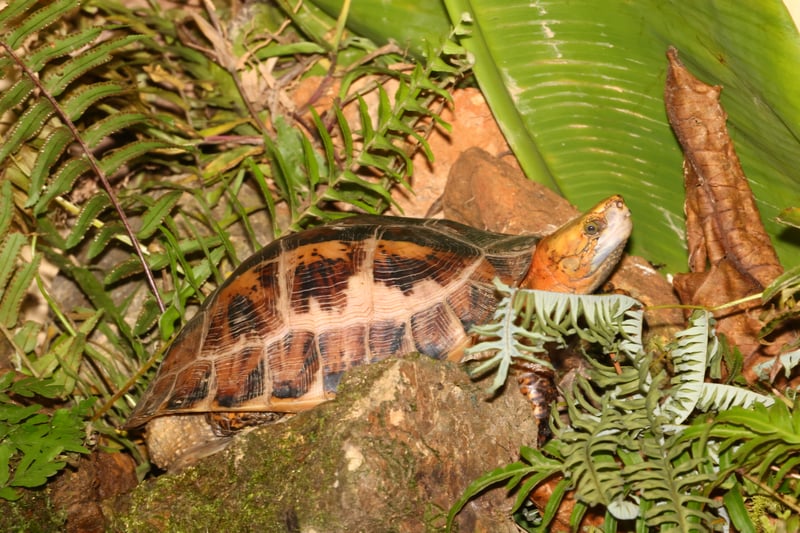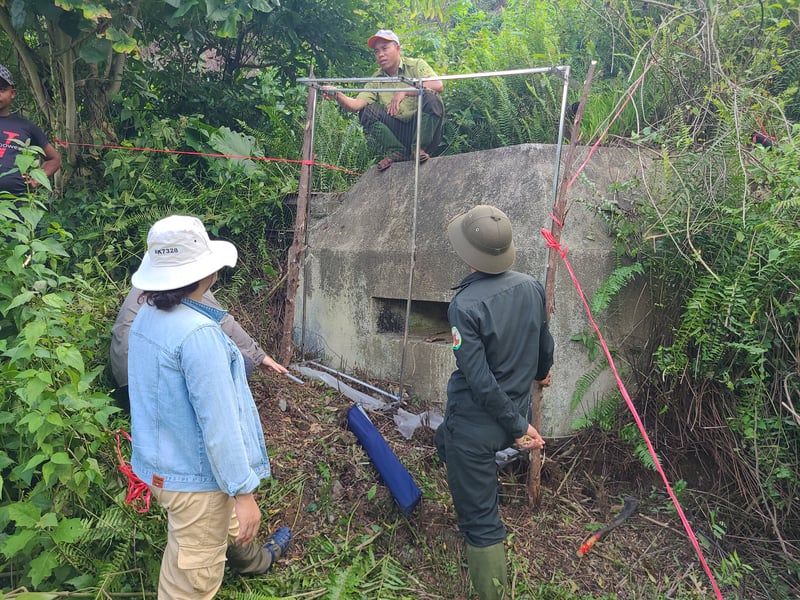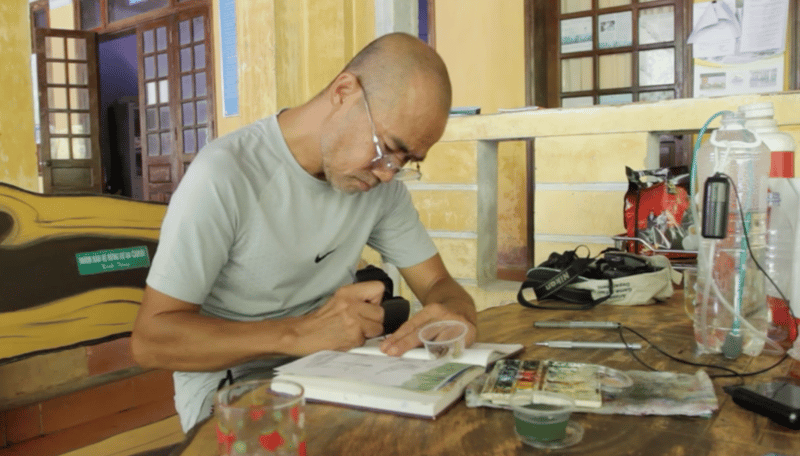How Global Expeditions Advance Biodiversity Research
Protecting the world’s biodiversity starts with understanding it. That’s why Greater Good Charities leads field-based scientific research efforts in some of the world’s most biodiverse and understudied regions.
These global expeditions are not just about exploration. They are structured, data-driven missions designed to support long-term conservation strategies, strengthen open-access research, and train the next generation of scientists. From remote rainforests to rugged canyons, this work helps fill critical gaps in global biodiversity science.

Why Field-Based Biodiversity Research Still Matters
Despite advances in digital mapping and remote sensing, firsthand fieldwork remains essential to documenting species that are poorly known, undescribed, or threatened. Many organisms—particularly amphibians, reptiles, insects, and plants—require close observation to identify and understand.
During each expedition, researchers:
-
Document and identify plant and animal species
-
Record habitat characteristics and threats
-
Capture high-resolution imagery for open databases
-
Contribute scientific data for conservation planning
Every logged observation contributes to a broader understanding of vulnerable ecosystems and informs how they can be protected.

Working at Night, Processing by Day
Much of the fieldwork happens after dark, when nocturnal species are active and ambient conditions improve detection. Researchers hike through rivers, scale slopes, and explore caves with specialized tools and lighting to locate specimens.
At camp, the following day is dedicated to careful processing:
-
Confirming species identifications
-
Assigning catalog numbers
-
Photographing specimens
-
Creating scientific sketches or dioramas
-
Organizing and preparing data for upload
After documentation, animals are safely released back into the wild whenever possible.

The Role of Scientific Photography
High-quality photographs serve as a vital part of modern biodiversity documentation. Many species—especially those in under-researched regions—lack usable visual references in scientific databases.
Expedition photography supports:
-
Species identification
-
Conservation education
-
Research publications
-
Public awareness and engagement
Each image is logged and tagged with metadata to ensure it can be used by scientists, educators, and conservationists worldwide.
.jpg?width=1898&height=1547&name=20230625_Vietnam_Bat_on_camera_%C2%A9_GGC_GDE%20(1).jpg)
Open Data, Shared Benefit
All findings from these expeditions are contributed to public databases, expanding the reach and impact of the research. By making data freely available, Greater Good Charities ensures that discoveries in the field can be used by local and international partners working on urgent conservation challenges.
This transparency is key to accelerating environmental research and improving outcomes for both species and ecosystems.
Focusing on Underdocumented Regions
Expeditions are prioritized in areas with high biodiversity but limited existing research. In regions like northern Mexico, teams have recorded tens of thousands of new biodiversity observations, supporting land use planning, academic research, and species protection strategies.
Each expedition represents a commitment to filling knowledge gaps before critical habitats are lost or degraded.
Support Ongoing Biodiversity Science
Biodiversity research requires sustained support. Field expeditions involve travel, coordination, safety protocols, and technical equipment. Donations help fund:
-
Field documentation and specimen processing
-
Local collaboration with scientists and students
-
Data analysis and public access to research
-
Long-term conservation planning
Support this work to ensure that the species we depend on—and the ecosystems they sustain—are understood and protected for future generations.

